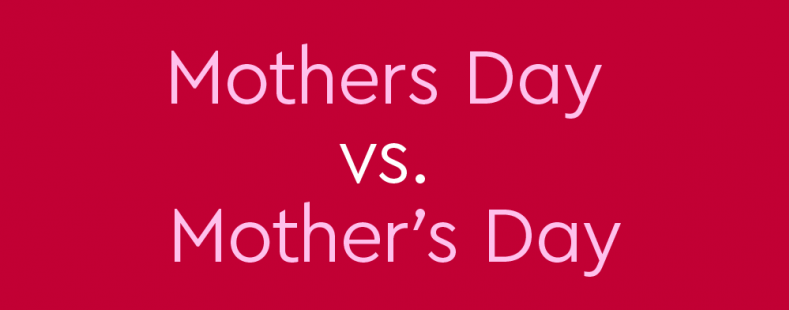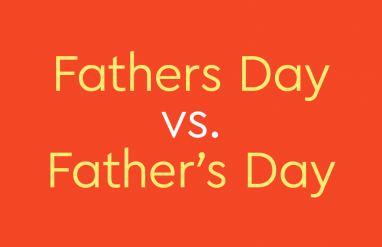As we all know, Mother’s Day is the holiday where we let our moms know how special they are. But do you know how to correctly punctuate the name of this day? The apostrophe can be the mother of all hard-to-use punctuation marks, and it seems to be hanging around the wrong place.
Why is the apostrophe so often up to no good? Didn’t it listen to its mother growing up—wait, does an apostrophe have a mother?
Important questions aside, Mother’s Day is the grammatically correct name of this day, and you will make your mom proud of your grammar skills once you learn more about why. In 2023, Mother’s Day is celebrated in the United States and several other countries, such as Australia and Italy, on May 14 (the second Sunday in May). So, remember to give her a call on that day—but not about apostrophes! After all, you won’t need help with using them after you learn how we handle the apostrophe in Mother’s Day.
Learn more about the history of Mother’s Day at our article on the holiday itself.
Where to place the apostrophe in Mother’s Day
Mother’s Day, as with other such holidays as Father’s Day, New Year’s Day, and St. Patrick’s Day, places the apostrophe before the S. Mother’s Day is an interesting case, though, because its creator Anna Jarvis actually insisted on this particular punctuation placement. Jarvis wanted the day to use a singular possessive to highlight that the day should be dedicated to each family honoring their particular mother.
The apostrophe placement we use signals exactly what Jarvis wanted. If the holiday was instead called “Mothers Day,” it would imply the day was dedicated to celebrating all mothers or motherhood in general. If the day was called “Mothers’ Day,” it would mean the day belonged to all mothers—and you would need to buy a lot more gifts! By using the name Mother’s Day, the holiday indicates that it belongs to each individual mother, just as Jarvis wanted.













